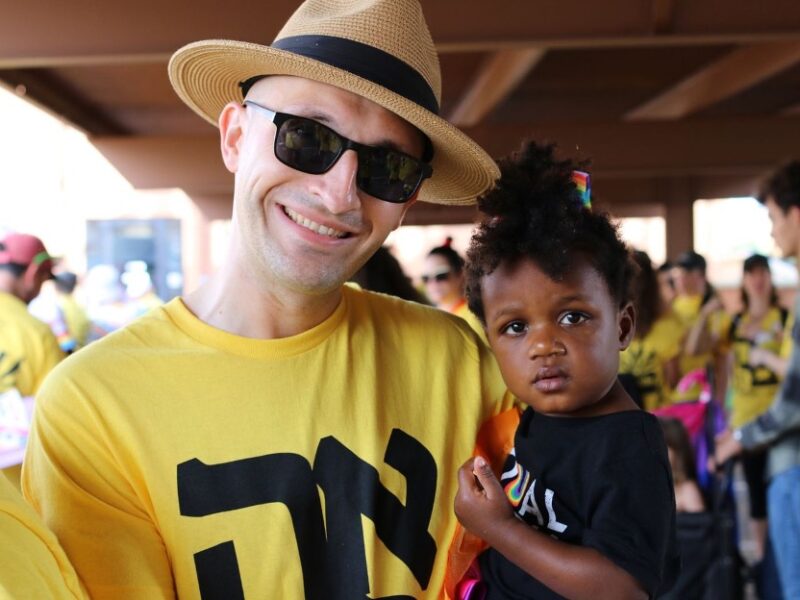Psychiatrists at the University of Arizona are looking to the past to create a Center of Excellence able to promote future emotional health. From hyperthermia treatment for depressive conditions reminiscent of ancient cultures’ sweat lodges to midrashic insights on the interrelationship of mind, body and soul, the new center will draw on the wisdom of the ages. Creating a Center for Emotional Health is an opportunity “to think holistically about treatment and research,” according to Charles L. Raison, M.D., who with other members of the psychiatry faculty at the University of Arizona is helping Department of Psychiatry Chair Ole J. Thienhaus, M.D., develop what is envisioned as a Center of Excellence.
“We are all committed to the process of creating a cutting-edge treatment and research center for emotional disorders and psychiatric disease. Ole as the chair is spearheading that effort.” “Many people have benefited from pharmacological (treatments) … but it has become clear all ways we treat have more limitations than we were aware of even 10 years ago,” says Raison. “Mental disorders have shot up. … We have the chance to be at the forefront of treating mental disorders.”
This summer the Child and Adolescent Services will be the first portion of the Center for Emotional Health to open on the University of Arizona’s south campus in Tucson, with the full center slated to open in 2014. “We will seek a designation as a Center of Excellence from the Arizona Board of Regents,” says Thienhaus, noting that a Center of Excellence by ABOR criteria has implications for governance and budget management. When it earns the designation, the Center for Emotional Health will join other 10 other Centers of Excellence in the U of A College of Medicine.
“Population studies in this country and elsewhere suggest that an integrated approach to health maintenance – prevention and treatment – is a promising way to achieve better public health results and, ultimately, to flatten the cost curve that is bedeviling modern medicine in the industrialized world,” notes Thienhaus. Born in Germany just south of the Danish border, Thienhaus graduated medical school and emigrated to the United States in 1980 for residency training in psychiatry at the University of Cincinnati. He established close connections with faculty at the Hebrew Union College. He and his wife converted to Judaism when their son was born. In 1996 the family relocated to Nevada, where he taught Hebrew in Sunday School at Temple Sinai in Reno and published a book titled, Jewish-Christian Dialogue – The Example of Gilbert Crispin. He enjoys studying midrashic literature, especially the commentaries collected in Midrash Rabbah. He shares his views on how the wisdom of midrash will influence the center in story on page 9.
Like Thienhaus, Raison also feels the past has much to offer in terms of understanding emotional health. Humans evolved in an environment very different from the modern world, he notes. “We need to explore ways to tap into therapeutic modalities of the ancient world that we have lost,” says Raison. For example, depression is a primary area of research for Raison. In his research he is investigating the benefits of hyperthermia to alleviate symptoms of depression. “Every indigent culture discovered sweat lodges,” he says. “It probably had to do with the fact that skin that is heated helps people feel happy. Hyperthermic treatment is an example of something we have retrieved from the past.”
Running also reduces depression, says Raison, noting that running with minimal shoes may enhance that benefit, since it is more similar to the barefoot running our ancestors did. Another bit of wisdom Raison hopes to use at the new center is a secularized version of Buddhism called cognitively based compassion training. He previously used CBCT while on the faculty at Emory University, where the compassionate meditation without religious overtones was developed to treat traumatized kids and at-risk kids.
The basic idea of this ancient practice, says Raison, is “to rigorously train oneself to reconceptualize the social world around you as a place of opportunity … as a place of win-win situations … and to see “one’s own well-being as being inextricably linked to well-being of others, of the community.”
Raison emphasizes advancements in modern medicine are important, and some patients may need medications, but the new center will offer options – a view also key to Thienhaus’ original proposal to create the center. “On the South Tucson campus … we are setting up the go-to place for (Pima) County residents who want to know that their health problems are evaluated promptly, in a competent manner and by a team that can address both physical and psychosocial components with equal expertise,” Thienhaus wrote. “To this end, we are removing the organizational and spatial boundaries between our primary care services … and behavioral health services.





